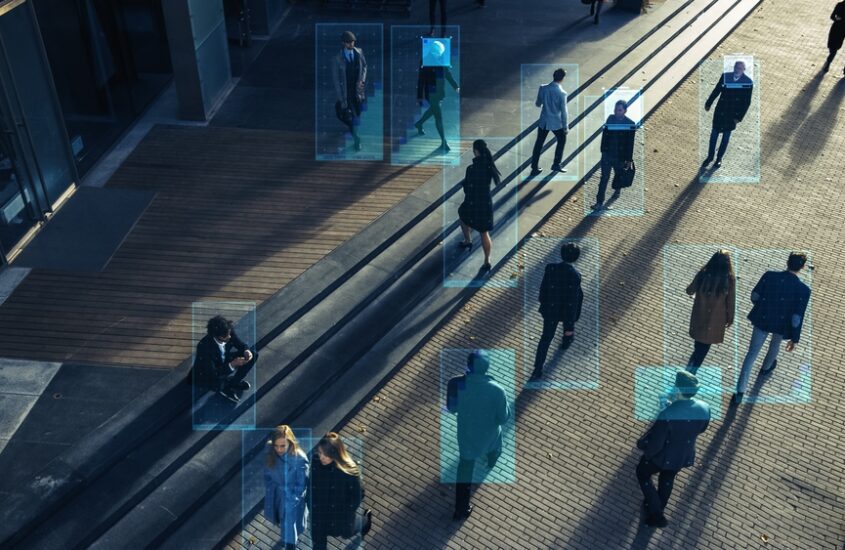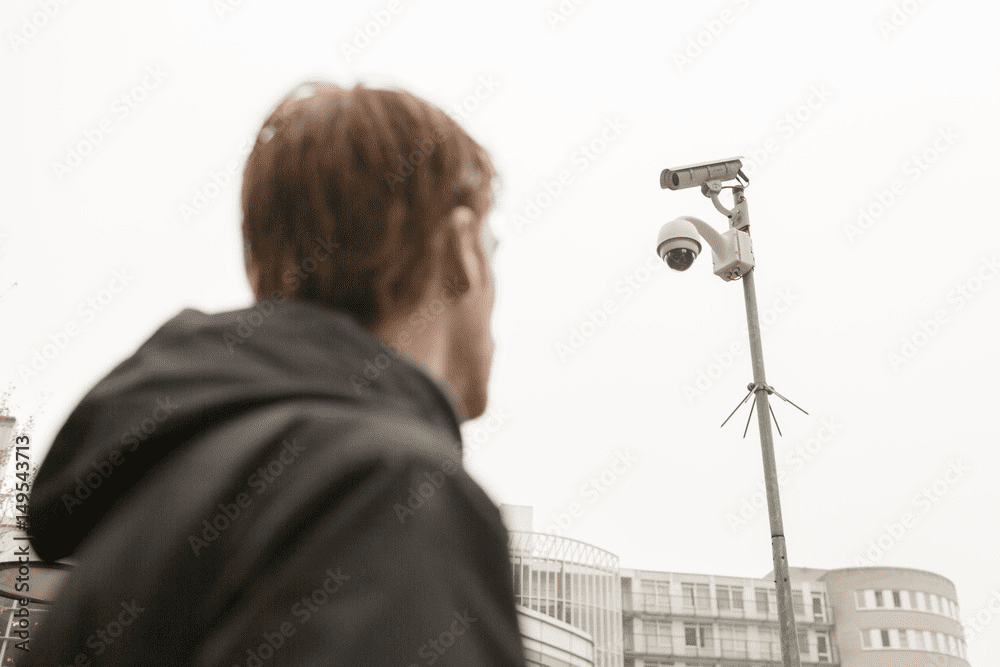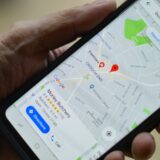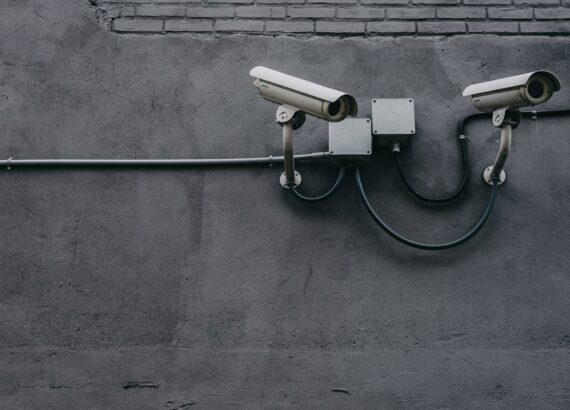Security Cameras with Facial Recognition

Facial recognition security camera systems are becoming increasingly popular in the security camera industry. This technology has been around for decades but has recently become more advanced and accessible. Facial recognition cameras are used to identify individuals based on their facial characteristics, such as a facial scan, or a combination of biometric data.
Facial recognition cameras are used in a variety of applications, ranging from surveillance to access control. In this blog, we will discuss how facial recognition security cameras work, their benefits, and some of the potential concerns associated with their use.
How Facial Recognition Cameras are Used
In surveillance, security cameras with facial recognition can be used to identify people in crowded areas, such as airports and stadiums, as well as in public spaces, such as parks and shopping centers. They can also be used to monitor the activities of people in a specific location, such as in banks, retail stores, and many more. In access control, facial recognition security camera systems can be used to identify and verify individuals who enter a restricted area. This technology can be used to prevent unauthorized access to sensitive areas, such as vaults and data centers. It can also be used to detect and respond to suspicious or criminal behavior, such as loitering or theft.
Facial recognition security cameras are also used in law enforcement. Police departments are increasingly using facial recognition technology to match suspects to mug shots, as well as to search for wanted criminals. The technology can be used to scan crowds in search of suspects.
The Crossed Line Feature of Facial Recognition Cameras
Depending on the camera, facial recognition security cameras can work in conjunction with a crossed-line alert feature. It is designed to detect when a line that has been drawn on the camera’s field of view is crossed, usually by an intruder. When the line is crossed, an alert is sent to the user, who can then take appropriate action. This feature can be used to help protect properties or to keep an eye out for intruders.
How Facial Recognition Cameras Work
Facial recognition security camera systems use advanced software algorithms to identify and track individuals based on their facial features. These security cameras use a combination of hardware and software to capture and analyze images of individuals. The cameras are equipped with high-resolution sensors that capture clear images of faces, which are then analyzed by sophisticated software algorithms that can identify unique facial features, such as the distance between the eyes or the shape of the nose.
Once an individual’s face is identified, the camera can then track their movements and store this information in a database. This can be useful for a variety of purposes, such as identifying potential suspects in a criminal investigation or tracking employee attendance.

Benefits of Facial Recognition in Security Cameras
- Improved Security: Facial recognition security cameras provide an added layer of security to any location. By accurately identifying individuals, these cameras can help deter criminal activity and quickly identify suspects in the event of a crime.
- Enhanced Surveillance: Facial recognition cameras can track the movements of individuals and provide real-time data about their location and behavior. This can be useful in a variety of settings, such as monitoring public events or tracking employee productivity.
- Saving Time: Facial recognition technology can quickly and accurately identify individuals, saving law enforcement and businesses time and resources. This can help speed up investigations and expedite the process of criminal justice.
Potential Concerns Associated with Facial Recognition Security Cameras
- Privacy Concerns: Some individuals have expressed concern about the potential invasion of privacy associated with facial recognition technology. The use of these cameras in public spaces raises questions about how individuals’ personal information is collected and stored, and how this information might be used in the future.
- Inaccurate Identification: Facial recognition technology is not perfect and can sometimes misidentify individuals, particularly when the lighting conditions are poor or the individual is wearing a hat or sunglasses. This can lead to false accusations and other problems.
- Bias: There is also concern that the technology used in facial recognition security camera systems may be biased against certain groups, such as people of color or women. This is because the algorithms used in facial recognition technology are often based on data sets that are not representative of the population as a whole.
Overall, facial recognition security cameras are powerful tools for improving public safety and security. However, it’s important to consider the potential concerns associated with their use and take steps to address these concerns. By balancing the benefits of facial recognition technology with concerns about privacy and accuracy, we can ensure that these cameras are used in a responsible and ethical manner.



